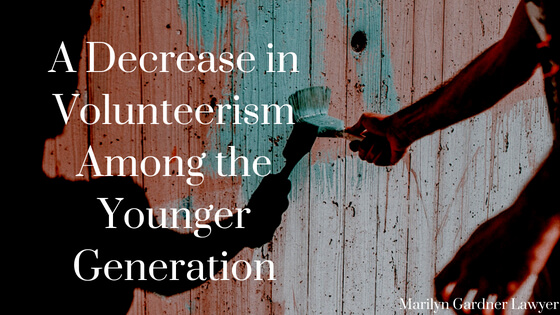Although almost every state requires students to take a civics class in order to graduate high school, studies reveal that there’s been a steady decline in youth volunteerism. In 2005, about 28 percent of high school students were regularly performing some form of community service; in 2015, the number had fallen to 25 percent. The number who reportedly donate to charity also bottomed out at roughly the same percentage, about a decade ago. So what factors might be responsible for the decline?
To begin with, the numbers might be misleading. It’s true that 41 states maintain a civics requirement, but that doesn’t necessarily mean the students have to log community service hours in order to earn their diploma. In fact, Maryland is the only state to have that mandate, although individual rules could vary depending on the district. Interestingly, students who are required to perform community service in their academic careers tend to leave off the practice once they become adults, suggesting that forced civic duty might not be the best path to lifelong commitment.
Another possible factor could be the fight-or-flight response that sets in when a disaster–such as a school shooting or a hurricane–occurs. These events tend to trigger an immediate response from young people–the protests that took place following the Parkland tragedy, for example. The problem is, they often don’t lead to long-term engagement from the participants once things settle down again. In order to effect change, the issues need to be addressed consistently and frequently, and even then, any progress can be difficult to detect. This slow pace isn’t likely to excite today’s teenagers, who have been trained to expect instant gratification in most other aspects of their lives.
With that being said, is there anything that can be done to re-engage the youth of the nation on the subject of social issues? One solution might be to shift the focus of the community service requirements to take in the big picture. When students are told that they “have” to do something, or else they won’t graduate, they’ll do it without necessarily thinking about the cause and effect of the mandate. If educators put more emphasis on why the services are necessary, and the changes that might be brought about as a result, students would be more likely to sit up and pay attention.

